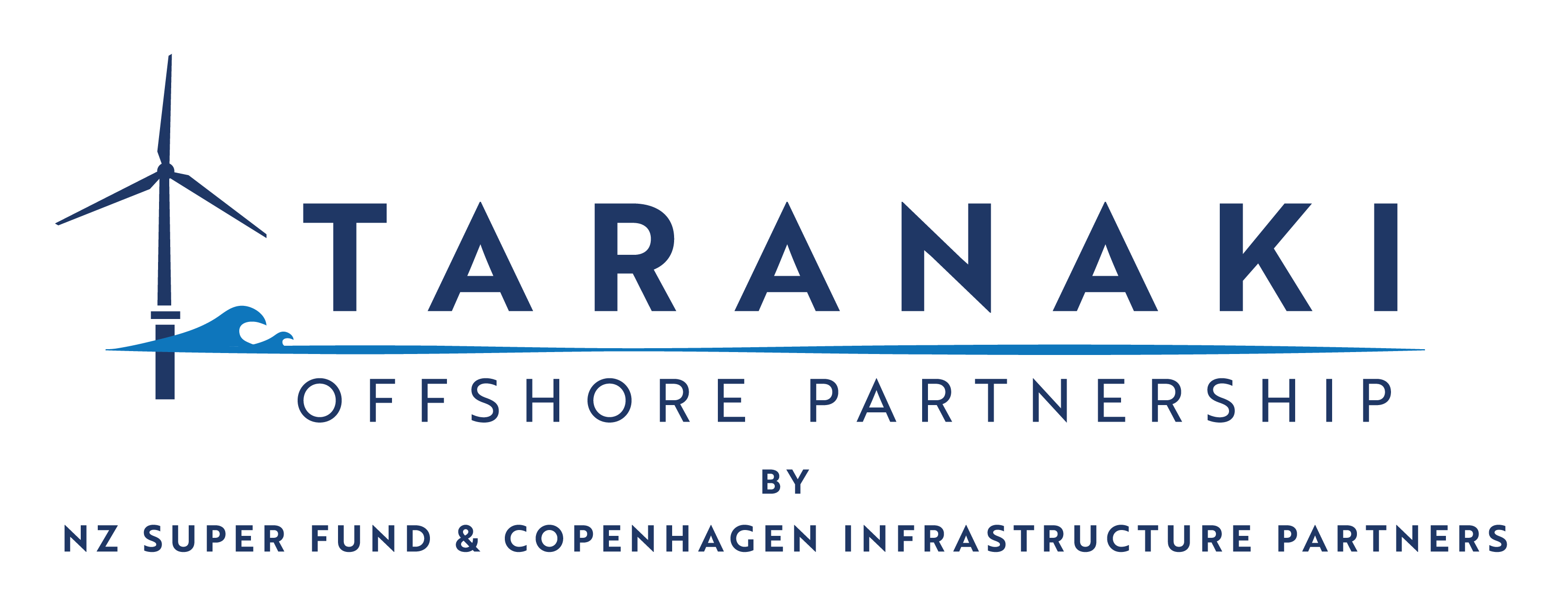Taranaki Offshore Partnership’s pioneering marine mammal study
Taranaki Offshore Partnership (TOP) is pleased to begin a new study to investigate the presence of marine mammals in the South Taranaki Bight, as part of its wider investigations into the feasibility of developing an offshore wind farm. With offshore wind being new to New Zealand, the study is the first of its kind to be undertaken here and reinforces the urgency around developing the consenting framework for offshore wind, which will dictate the environmental parameters developers will ultimately need to meet.
The study involves deploying three underwater microphones on the seabed in the South Taranaki Bight for a year, which will record ambient noise to monitor the presence and migration patterns of marine mammals. This will provide baseline data to form the basis of future environmental impact assessments.
TOP’s Giacomo Caleffi says that the international experience of its joint venture partners puts TOP in a unique position as an offshore wind developer in New Zealand, well-positioned to move forward on a number of fronts in parallel with government’s development of the regulatory framework.
“With JV partner Copenhagen Infrastructure Partners having a portfolio of 20 operational, under construction and in-development offshore windfarms around the globe, we have a clear line-of-sight around marine-related environmental considerations that will need to form part of feasibility assessments for offshore wind, while we wait for the regulatory framework to be put in place.
“That said, there is some urgency around the parallel development of that regulatory framework so that New Zealand can seize the opportunity to relatively rapidly deliver renewable energy generation at scale, especially given the potential for pressure on supply chains with other countries prioritising offshore wind,” says Mr Caleffi.
The significant regional economic development opportunities from developing an offshore wind industry in New Zealand are also demonstrated by this marine mammal study, with TOP having worked with local manufacturing company, Coastal Services to build key components of the underwater microphones in New Plymouth, as well as working with Taranaki-based vessels and crew to deploy them.
“Working with local companies and the local community on our feasibility studies is key to ensuring that we have a strong understanding of what our proposed offshore wind farm would mean for the region as well as for the country. We look forward to working with them further as Taranaki leads the way in creating an offshore wind industry in New Zealand,” says Mr Caleffi.
